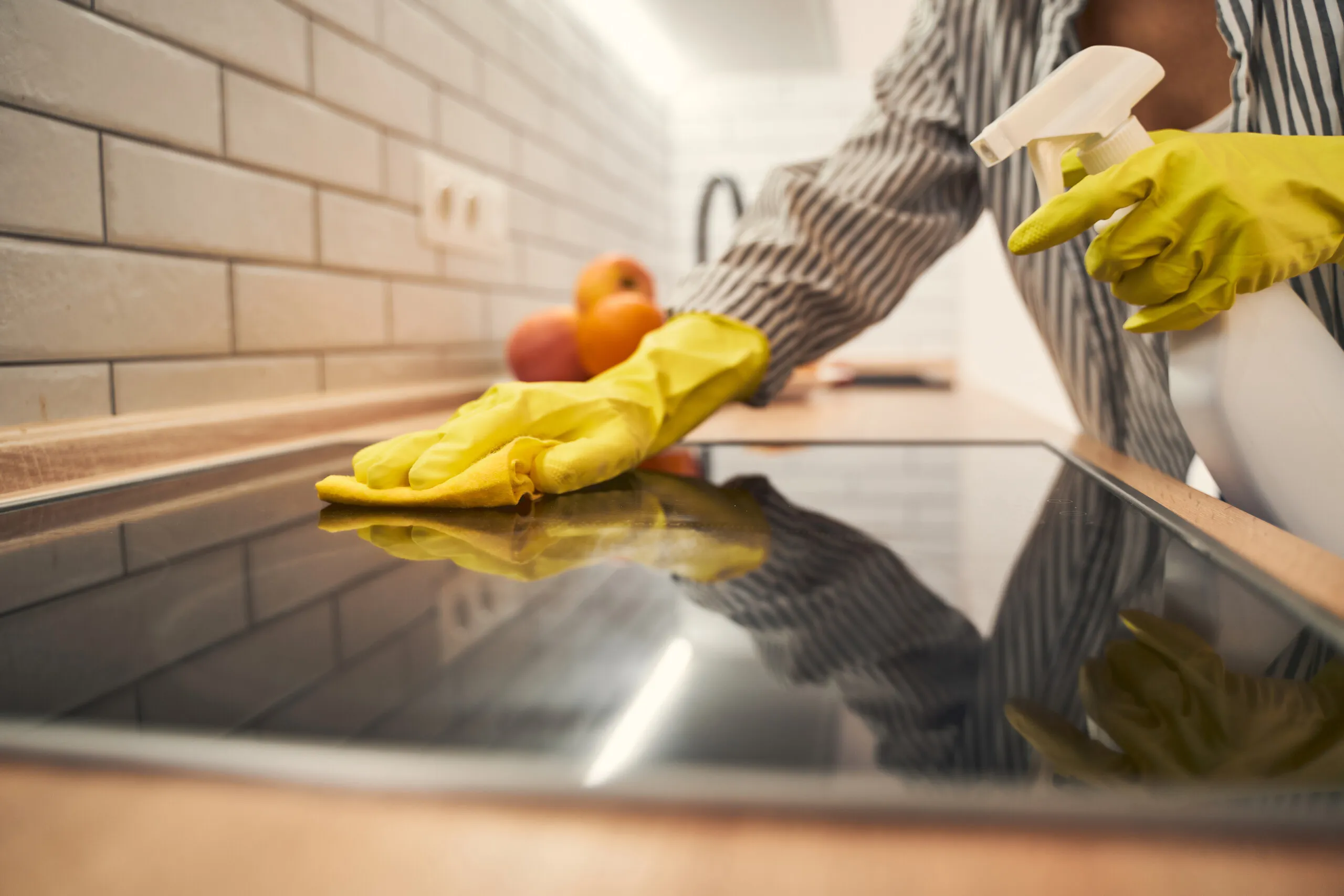A garbage disposal is a crucial appliance in modern kitchens, providing several benefits such as reduced food waste, minimized odor, and increased convenience. Proper installation and maintenance of garbage disposals are essential to ensure their optimal performance and longevity.
In this article, we will explore the process of garbage disposal installation and discuss essential maintenance tips that will keep your kitchen healthy and functional. Learn how a properly installed and well-maintained garbage disposal can improve your kitchen’s efficiency and sanitation while minimizing plumbing issues and environmental impact.
Selecting the Right Garbage Disposal for Your Needs
Before diving into the installation, selecting the best garbage disposal that meets your specific requirements is essential. Two main types of garbage disposals are commonly available: continuous feed and batch feed.
- Continuous Feed: The most common type, continuous feed disposals, operates while the water runs and allows you to dispose of food waste continuously. These typically cost less and are more straightforward to install.
- Batch Feed: Batch feed disposals are designed for disposing of food waste in batches. They require a cover to be placed over the opening before the disposal is activated, providing an added layer of safety. However, they usually have a higher cost and more complex installation process.
When choosing a garbage disposal, also consider factors such as horsepower, noise level, and warranty. Align the features with your household’s needs and preferences to ensure complete satisfaction.
Garbage Disposal Installation Process
Installing a garbage disposal involves several steps that require attention to detail, plumbing and electrical knowledge, and adherence to local building codes. If you are not confident in your abilities, hire a professional plumber from Alco Air to ensure a safe and efficient installation. Here’s an overview of the installation process:
- Preparation: Turn off the circuit breaker and water supply to the sink before starting. Remove the existing drain and strainer assembly, then clean the sink opening thoroughly.
- Mounting Assembly: For continuous feed disposals, install the mounting assembly, including a mounting ring, a fiber gasket, and backup and mounting flanges. For batch feed disposals, follow the manufacturer’s specific instructions.
- Sink Flange Installation: Apply a layer of plumber’s putty around the sink flange’s edge, then insert it into the sink opening. Attach the backup flange, fiber gasket, and mounting ring from the underside of the sink. Tighten the screws to secure the assembly.
- Discharge Outlet Connection: Attach the discharge tube to the garbage disposal and secure it with the appropriate bolts.
- Electrical Wiring: Connect the power cord to the garbage disposal wiring, following the manufacturer’s instructions. Make sure to ground the disposal and ensure all wire connections are secure before proceeding.
- Garbage Disposal Attachment: Align the disposal with the mounting ring and twist it into place, following the manufacturer’s guidelines. Depending on the model, you may need to secure the unit with locking tabs or screws.
- Final Connections: Connect the dishwasher’s drain line (if applicable) and discharge outlet to the drainpipe or P-trap. Tighten any clamps and check for potential leaks.
- Test Run: Turn the water supply and circuit breaker back on, and test the garbage disposal for functionality. Check for any leaks and correct them as necessary.
Routine Garbage Disposal Maintenance Tips
To keep your garbage disposal in optimal condition and ensure a healthy kitchen, follow these maintenance tips:
- Run the Disposal Regularly: Using your garbage disposal consistently prevents rust and corrosion while ensuring the moving parts remain in good working order.
- Use Cold Water: Run cold water while operating the disposal to help solidify any fats or grease, making it easier for the disposal to break them down.
- Cut Waste into Small Pieces: Large pieces of food waste can strain the disposal’s motor. Cut waste into smaller, manageable pieces before feeding them into the disposal.
- Clean Regularly: Pour a mixture of baking soda and vinegar down the disposal to clean and deodorize the appliance. Alternatively, use mild dish soap and water to wipe down the flanges and the sink’s interior.
- Avoid Hard or Fibrous Foods: Items such as bones, fruit pits, and fibrous vegetables (like celery) can damage the disposal’s blades or clog the drain. Dispose of these items in the trash or compost.
- Keep it Deodorized: Grinding citrus peels, like those from lemons or oranges, can help to freshen up and deodorize your garbage disposal.
Recognizing and Troubleshooting Common Issues
Garbage disposal issues can arise over time, impacting the appliance’s performance and overall kitchen sanitation. Common problems include clogs, jams, leaks, and odors. To troubleshoot these issues, follow the manufacturer’s guidelines or consult a plumbing professional to identify and resolve the problem safely and efficiently.
Trust Us at Alco Air for Your Garbage Disposal Needs
Proper garbage disposal installation and maintenance are crucial for maintaining a healthy and efficient kitchen. By selecting the right disposal, following the installation process, and adhering to routine maintenance practices, you can reduce the risk of plumbing issues and ensure a pleasant kitchen environment.
As your trusted Longview, Texas heating, cooling, and plumbing specialists, we at Alco Air are committed to providing you with the knowledge and expertise to make an informed decision regarding selecting, installing, and maintaining a garbage disposal. If you are considering a new garbage disposal or require assistance with your existing system, don’t hesitate to reach out to us today/ to learn more about our comprehensive plumbing services.











